About Plague of Dragons
The publisher: Plaga de Dragones is a collection of children’s tales that Saturnino Calleja’s company published in 1923 as part of the Encyclopedic Library for Children collection, specifically, volume VIII. The same year, this volume was the subject of a luxury edition with a new cover in gold, black and red, a sign of the popularity that these stories had achieved among the general public of the time.
Calleja Publishing House (1876-1958) specialized in textbooks and publications for children and youngsters. It was one of the most important publishers in Spain during the early decades of the twentieth century. This publishing house, with its motto “Delight and Instruct”, revolutionized Spanish children's education by providing charming stories and beautifully illustrated books at a reasonable price. For this purpose, the best children's stories were selected throughout the world. As in this case, it was customary not to give explicit recognition to their original authors. The best designers and illustrators were hired to embellish the stories. This visionary emphasis of the founder, Saturnino Calleja, on images was decisive in the success of the publications and the reputation of his company.
The illustrators:
This collection was entrusted to the talent of Federico Ribas (1890-1952), who illustrated all the stories except the second one, "The snakes’ rock", which was illustrated by Rafael de Penagos (1889-1954).
Federico Ribas Montenegro was one of the best-known illustrators of his time. Born in Vigo, he became famous for his advertisements of Gal perfumery products and his illustrations in numerous journals, such as Blanco y Negro, La Esfera, Buen Humor, Aire Libre, Lecturas, and Crónica. Calleja Publishing House hired him as well, to illustrate many of its textbooks and publications. His drawings were characterized by rounded, gentle shapes, with very well-defined strokes with which he captured the magic of the stories and gave them a new air of modernity.

Rafael de Penagos had been born in Madrid the year before Federico Ribas. He was hired by Calleja Publishing House to illustrate the second story of the Plaga de Dragones collection, the only one whose origin is unknown, although it contains many elements of traditional tales. The appearance of his name next to that of Ribas on the first page of the book gave renown to the collection, since Penagos was a prestigious illustrator. His drawings appeared in the Spanish press, advertisements, and literary works, and his skills, originality, and exoticism brought a breeze of fresh air to the country. His representation of what became known as the “Penagos woman” was particularly striking: a feminine image endowed with great elegance, vigor, and thirst for adventure and fun.
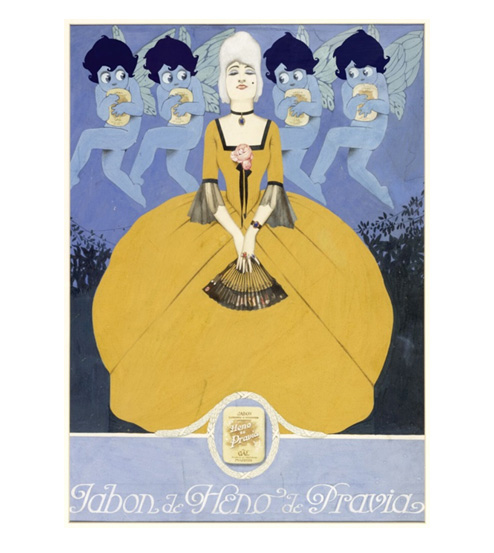
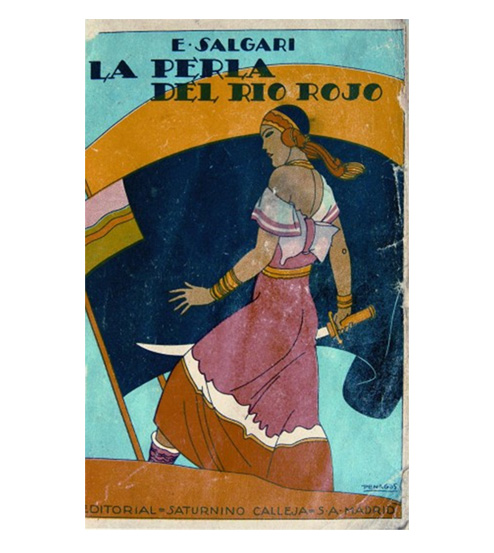
The text:
The original author of the stories that served as the basis for this collection was the famous British writer Edith Nesbit (1858-1924), whose stories had previously been published by Calleja through close translations. Nesbit was a pioneering woman for her time, dedicating herself throughout her life to children's literature and the development of the Fabian Society, of which she was a founding member. This society was an organization dedicated to promoting the progress of democratic socialism, in search of a more egalitarian society through progressive adjustments, without using violence. Her advanced ideas for that time were reflected in her stories. These, together with her irony and sense of humor, made them enjoyable for both children and adults. In the table below you can see the correspondence between the Spanish stories that appear in the collection Plaga de Dragones and the original ones by Nesbit.
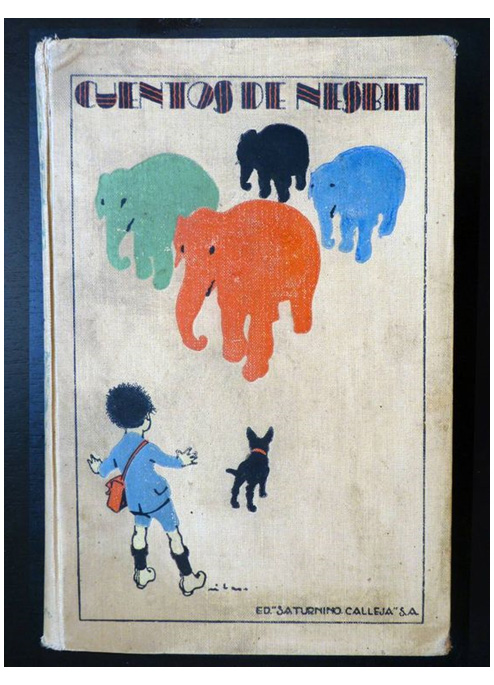
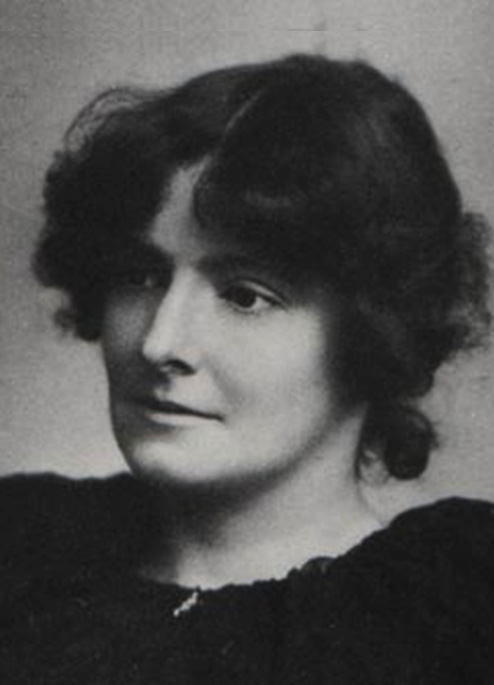
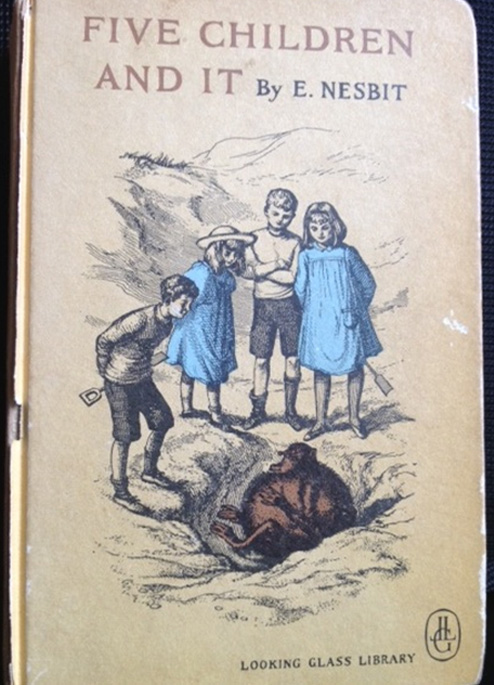
The adapters and translators:
Discovering the name of the person in charge of translating and adapting the stories of the collection Plaga de Dragones from English to Spanish has not been a trivial task. We have tracked the possible translators and three of the collaborators at Calleja Publishing House around the year when the book was published, 1923. Zenobia Camprubí, Jesús Sánchez Tena and Enrique Díez-Canedo meet the necessary requirements since they translated from English into Spanish and were active in the early 1920s (Fraga, 2018).
The Spanish stories in Plague of Dragons were adaptations, not faithful translations of Nesbit’s tales. During this project, the Spanish stories have been translated back into English as part of a pioneering online crowd translation experience involving translation teachers and students from UNED.
Note on this digital edition
For this digital edition of Plaga de Dragones / Plague of Dragons, we have maintained the file format of the scanned copy of the book as a series of images, similar to that used by the Spanish National Library. This way, readers can savor the book, including the original library's stamps, damp stains, printing irregularities, and even errors. For example, in the story “Spoilt summer holidays”, the illustrations are placed in the wrong pages, and the title of the last story contains an error: “Las alhajas de la duquese,” instead of “duquesa” (duchess). We have made reference to these hallmarks of the printed volume in the annotations, calling the readers’ attention towards the errors or challenging them to detect and explore the errors themselves. The English version tries to emulate the paper, typography and style of the Spanish version, but it is a new layout.
Selected bibliography:
“La Editorial Calleja. Un agente de modernización educativa”, MANES Project; directed by Julio Ruíz Berrio, Professor of History of Education (UCM), along with Carmen Colmenar Orza and Miryam Carreño Rivero, professors of History of Education (UCM). Canal UNED (CEMAV).
Fraga, María Jesus. “Los cuentos de E. Nesbit: Magia en la Editorial Calleja”, in El universo mágico de Edith Nesbit, de la editorial Calleja al libro interactivo, Dolores Romero López (3d.), Ed. Renacimiento, 2018: 37-64.
Leonardo Interactivo. http://leonardo.bne.es/index.html
Quijote Interactivo. http://quijote.bne.es/libro.html
